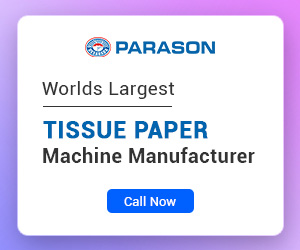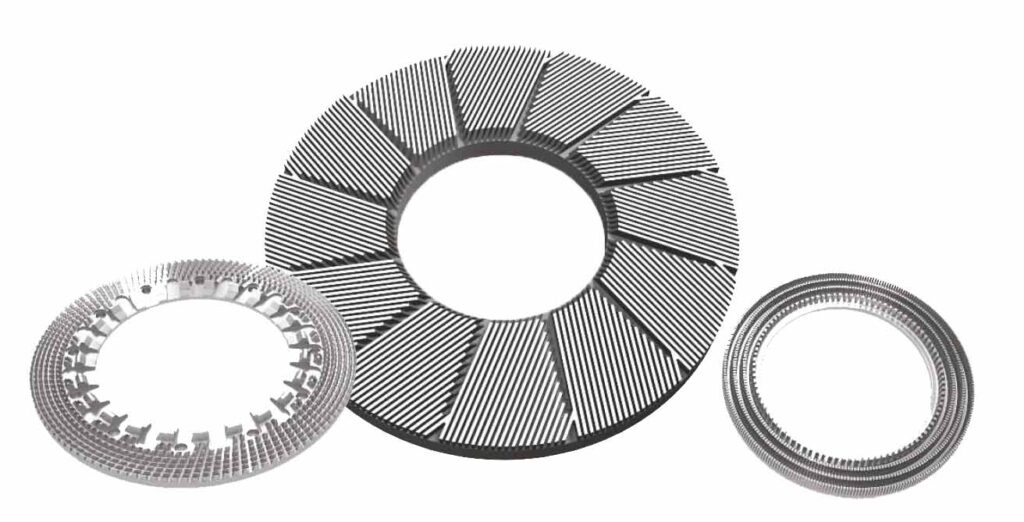
A Paper is nothing but a large mesh of fibers. It can be defined as a flat plane of fibers that are attached to multiple points of contact.
The quality of this attachment determines the strength of the paper.
So far, you all are well educated with the Pulping process in paper formation.
The process of refining defines fiber breakdown activity in the paper manufacturing process.
The level of fiber breakdown and the resultant increase in the contact area between the fibers are significant in determining how many bonds can be formed.
However, there are some challenges faced in the paper refining process like –
- Use of weak alloys in cast design causes catastrophic breakdowns
- Poor life of the refining plates and bars that causes maintenance issues
- Unskilled production due to lower pulp quality
- Excessive energy utilization
Let us focus on one of the very crucial processes in papermaking: Refining
Refining is one of the most important steps in the paper manufacturing process.
It has major consequences on fiber quality and energy consumption.
The pulp in the laboratory is first beaten or refined to evaluate it in industrial papermaking.
There exist special laboratory refiners for this purpose.
The Hollander Beater is the first refiner used for this purpose.
Refiner Plates
Parason Designs & manufactures plates with different technologies, to have a wide range of selection for paper mills to suit refining needs.
ADVERTISEMENT
As it was invented in the 17th century in Holland, therefore it is called Hollander Beater.
Coming to the refiners which are used in commercial papermaking, there are two main types – Disc Refiners and Conical Refiners.
Conical Refiners:
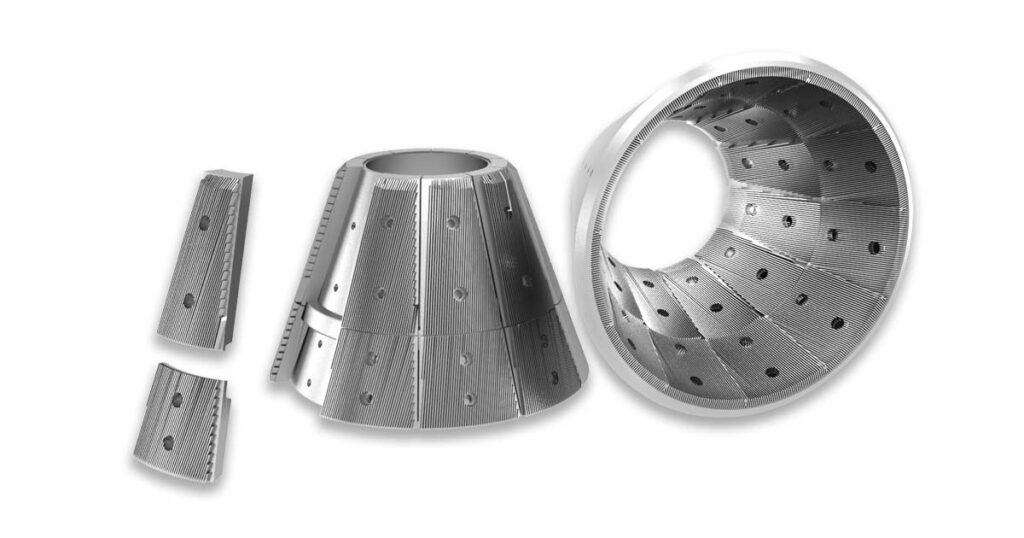
In conical refiners, the pulp enters through a feed port.
Traveling between the conical rotor and stator, it then leaves through the discharge/release port.
The rotor and stator are a combination of bar and groove patterns. The rotor rotates while the stator remains constant.
The gap between the refiners is controlled by accelerating the rotor and stator together.
Disc Refiners:
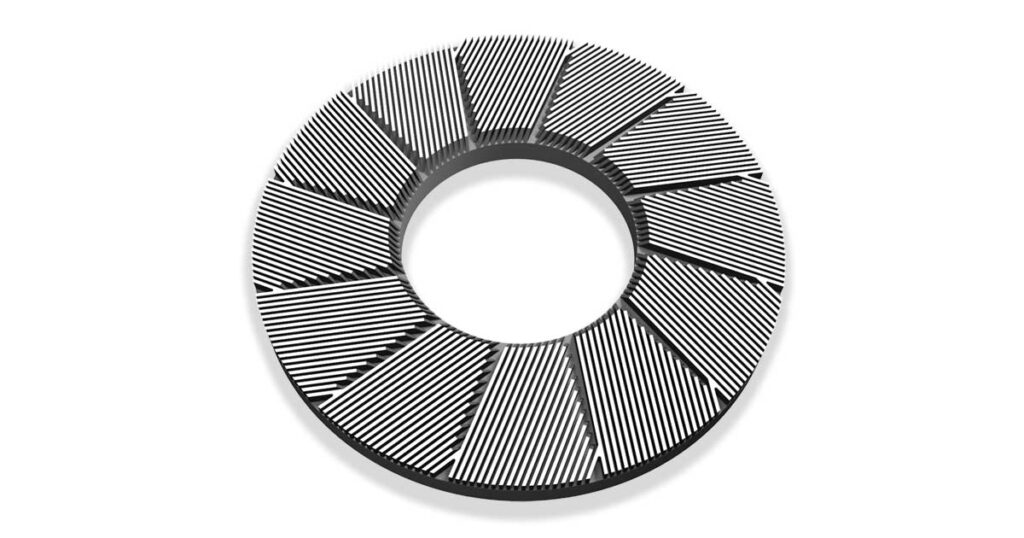
A disc refiner is alike the conical refiner except that the pulp travels between two discs with bars and grooves, instead of rotor and stator.
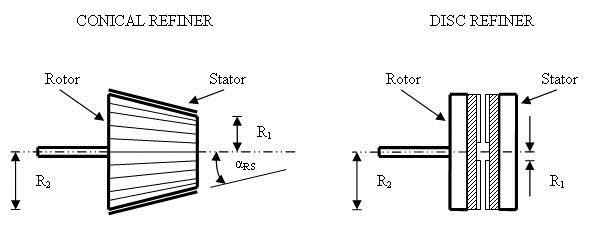
There are three categories of disc refiner:
- Single Disc Refiners in which the pulp operates between a moving rotor and a fixed stator.
- Twin Disc Refiners in which the rotor and stator both are rotating.
- Double Disc Refiners in which the pulp moves between a rotating rotor with bars and grooves on both sides and it moves against two fixed stators.
Parason Refining Machines
Improve the refining efficiency of your paper mill with Parason’s excellent refining machine equipment. Lower energy consumption, lower operational costs, and increased operational flexibility.
ADVERTISEMENT
There are a large number of patterns available in the refiner plates to manage the intensity of treatment and capacity.
Refiners can have a ‘fine’ bar pattern or a ‘coarse’ bar pattern.
The fine bar pattern gives high intensity but lower throughput, whereas the coarse bar pattern gives a high-intensity treatment.
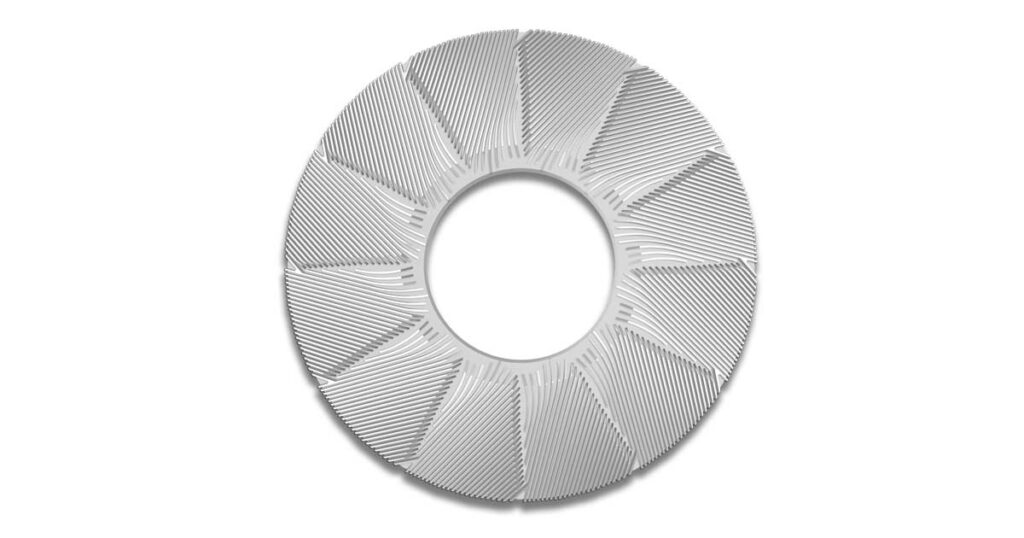
Along with this, there exists Curved Bar Refiner Plates in which the flow of pulp follows the grooves between the bars.
The fine edge curved bars give more gentle refining.
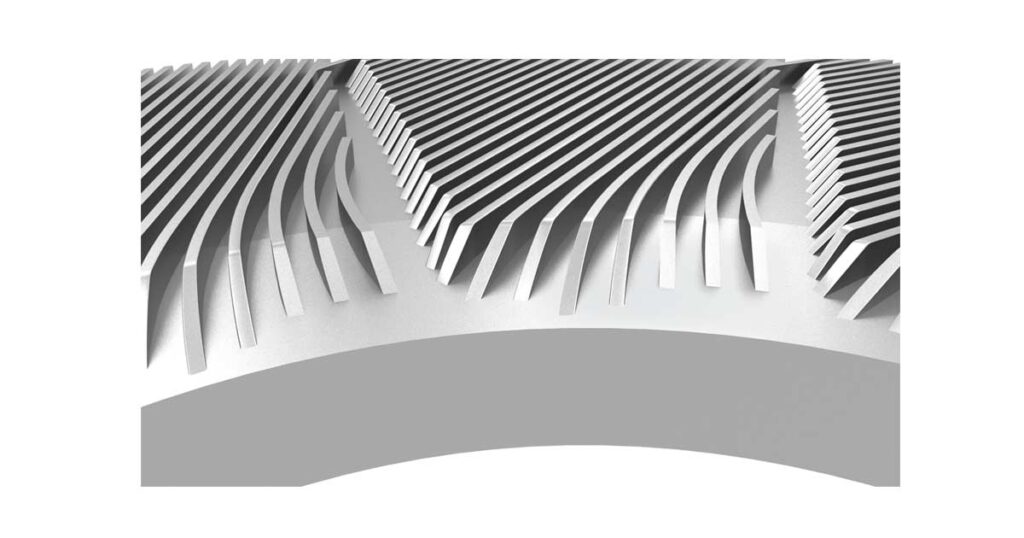
The fine edge curved bar refiner plates are manufactured using special casting with CNC technology to provide supreme uniformity in the refining zone.
So this was almost all the basic knowledge of Refiner Plates you need to know.
To keep yourself update with the latest trends in Paper Industry, keep visiting our blogs and write us in the comments section below. Thank you for reading. 🙂

